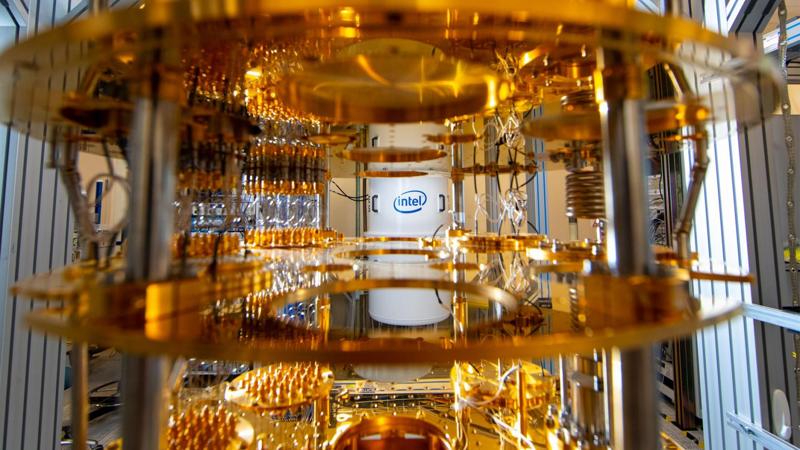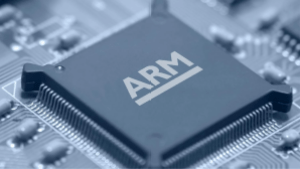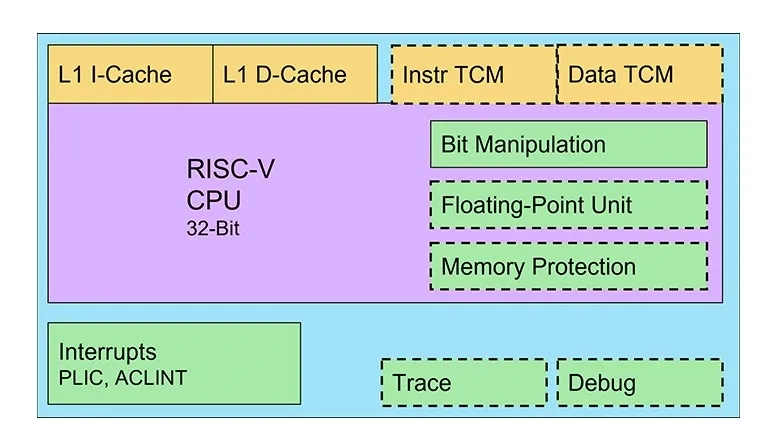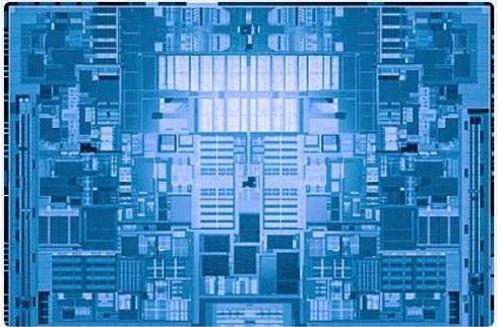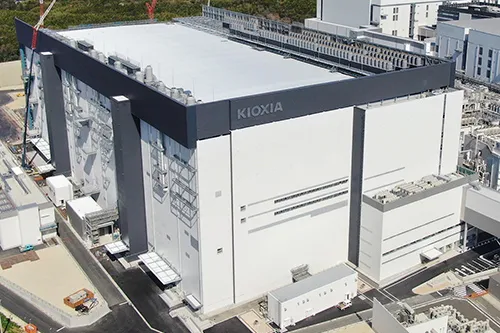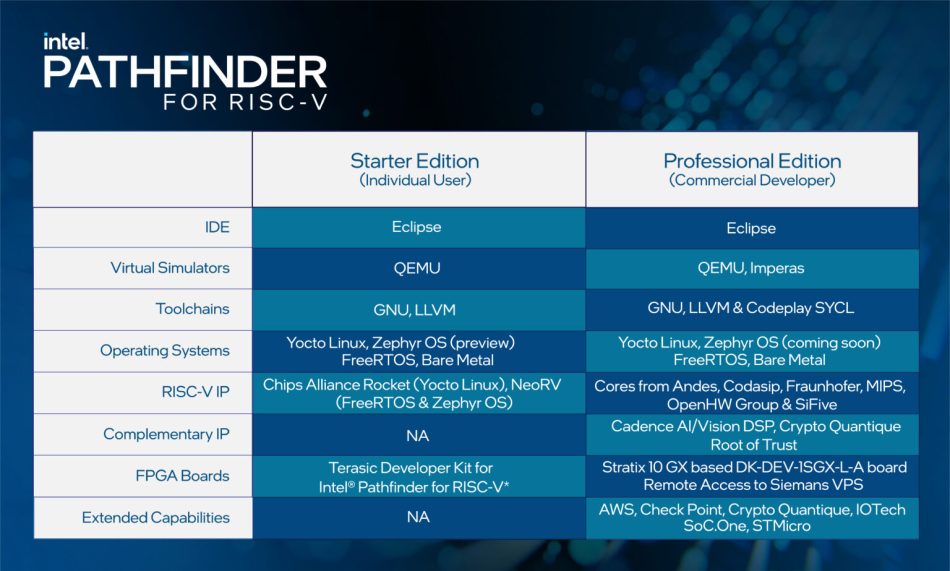
Intel, Tower, and the diary of a failed acquisition bid
- ICDesign
- 2023-09-23 23:01:16
The termination of Intel’s bid to acquire Tower Semiconductor seems to be the latest fallout from semiconductor business-related tensions between China and the United States. It could also be seen as a heavy blow to Intel’s foundry ambitions to compete with the current duopoly of TSMC and Samsung.
Is it the harbinger of the tech version of the cold war? After all, Intel wouldn’t become a monopoly in the foundry business if the deal went through. Though Tower is a specialty fab focusing on areas like analog, RF and sensors that fabs in China are also eying.
Still, the termination of Intel’s $5.4 billion bid to buy the Israeli fab is widely seen in the backdrop of semiconductor technology-centric tensions between China and the United States. In 2022, DuPont De Nemours scrapped its $5.2 billion bid to acquire electronics materials maker Rogers Corp. after delays in securing approval from Chinese regulators.
In fact, the chatter about the future of this foundry deal began last month when Intel CEO Pat Gelsinger flew to China to persuade regulators. Intel, which announced to acquire the Migdal HaEmek, Israel-based Tower Semiconductor in February 2022, was originally planning to complete the acquisition within a year.



After failing to get approval from China’s State Administration for Market Regulation (SAMR), the two companies extended the acquisition period first to mid-June and then to 15 August 2023. The termination of the deal was announced by both companies a day after this deadline passed. Now Intel will pay Tower a termination fee of $353 million.

Source: Reuters
Intel’s bid for Tower was strategic for two reasons. First, it expanded the digital behemoth’s foundry footprint in areas like analog and RF. Second, it provided Intel with a geographical depth as Tower’s foundry operations are scattered around Israel, Italy, Japan, and the United States. And besides market share gains, it was also seen as a way for Intel to acquire foundry know-how and business culture.
Intel’s planned acquisition of specialty fab Tower was crucial in its drive to become the second-largest semiconductor foundry after TSMC by 2030. However, Intel Foundry Services has made gradual but significant advances in the fab business over the past couple of years. For instance, it has raised the bar in the semiconductor wafer business by adding chiplets, packaging, and software tools to the fab offerings.
Intel Foundry Services has also signed customers like Amazon, MediaTek, and Qualcomm. On the other hand, Tower Semiconductor, formerly known as TowerJazz, will not be significantly affected by this failed bid.
But will this failed bid slow down the merger and acquisition (M&A) activities in the semiconductor industry? Will chip companies be more cautious in making such deals? There will be more clarity to this fundamental question as more details emerge about this aborted deal.
Related Content
Tower Is Intel’s Latest Acquisition TargetIntel Foundry Grows Ecosystem for DoD ChipsChange of guards at Intel Foundry Services (IFS)Intel to Pay $353M as Deal Termination Fee to Tower SemiconductorIntel, Tower, and the diary of a failed acquisition bid由Voice of the EngineerICDesignColumn releasethank you for your recognition of Voice of the Engineer and for our original works As well as the favor of the article, you are very welcome to share it on your personal website or circle of friends, but please indicate the source of the article when reprinting it.“Intel, Tower, and the diary of a failed acquisition bid”


